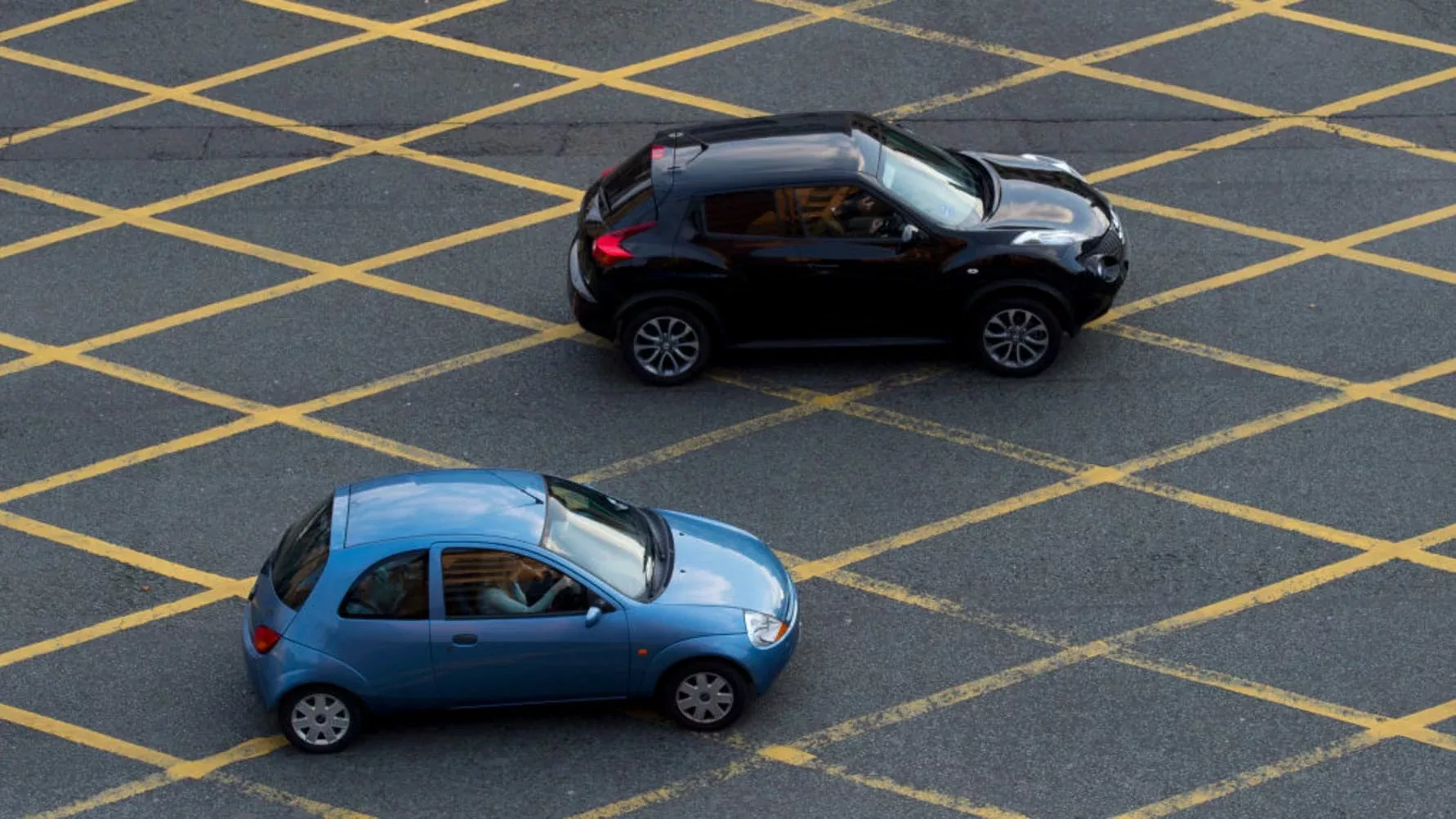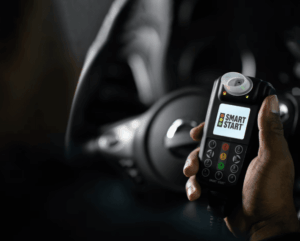All but two of 100 yellow box junctions analysed in London and Cardiff is bigger than it needs to be to prevent traffic congestion, a new study commissioned for the RAC has found.
The RAC commissioned Sam Wright, the chartered engineer who runs the Yellow Box Guru website and was formerly responsible for the design and approval of yellow boxes on Transport for London’s roads, to examine those already in force in the two capital cities. After analysing the 100 junctions that are responsible for generating the most fines in 2019, incredibly he found that 98 were larger than necessary, with the average box being 50% bigger than it needed to be to serve the primary purpose of having a yellow box in the first place – to prevent vehicles blocking the path of other crossing traffic.
More than half (53) are not under traffic light control and could therefore easily be converted to ‘keep clear’ markings to serve the same purpose, without the risk of a driver being sent a Penalty Charge Notice and ordered to pay a fine.
The report suggests that poorly designed, oversized boxes create all sorts of other problems for drivers as well. Under Highway Code Rule 174, drivers must only enter boxes if they can see their exit is clear**. If a yellow box is so big it is impossible to see where it ends – or if the road markings have worn out – judging whether to drive into or not becomes extremely difficult.
While there have been occasions where drivers have successfully challenged fines from councils where boxes are too big, unfortunately these decisions do not lead to lasting change in the way the law is applied.






















